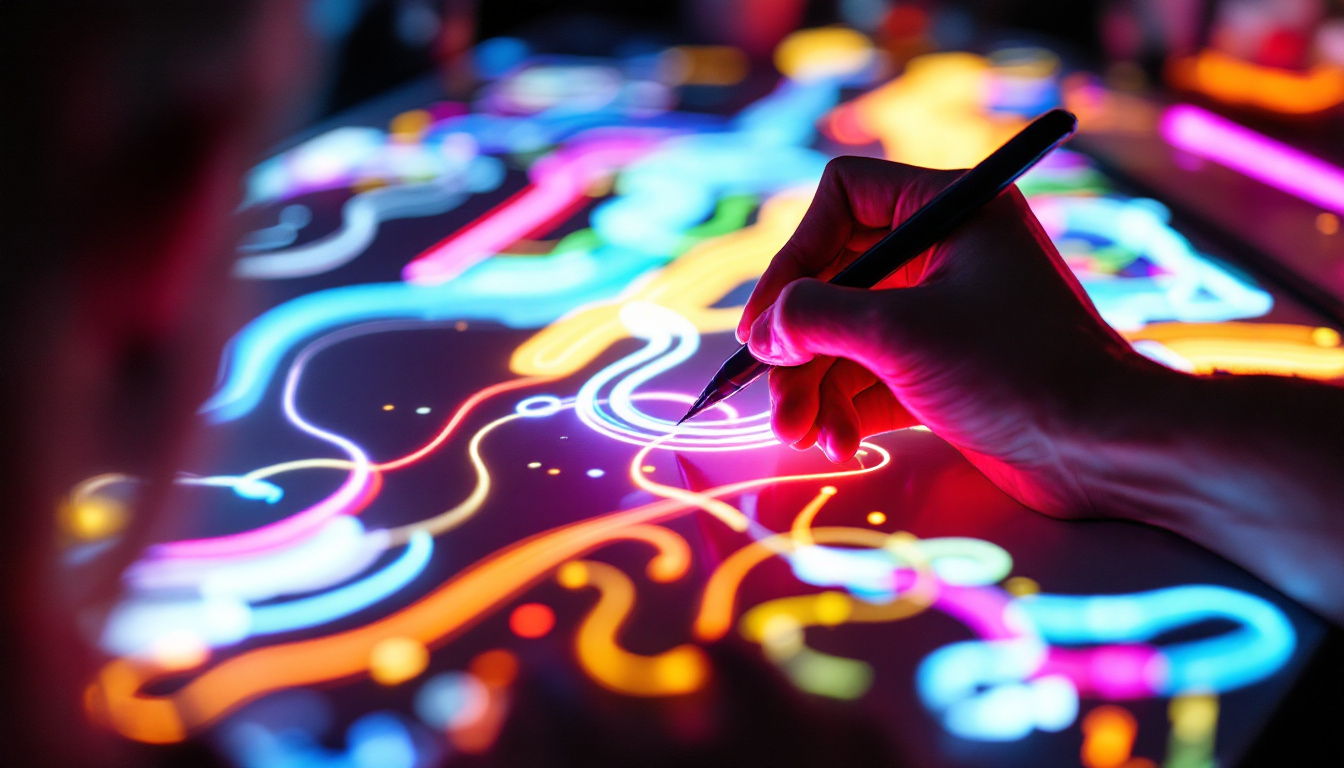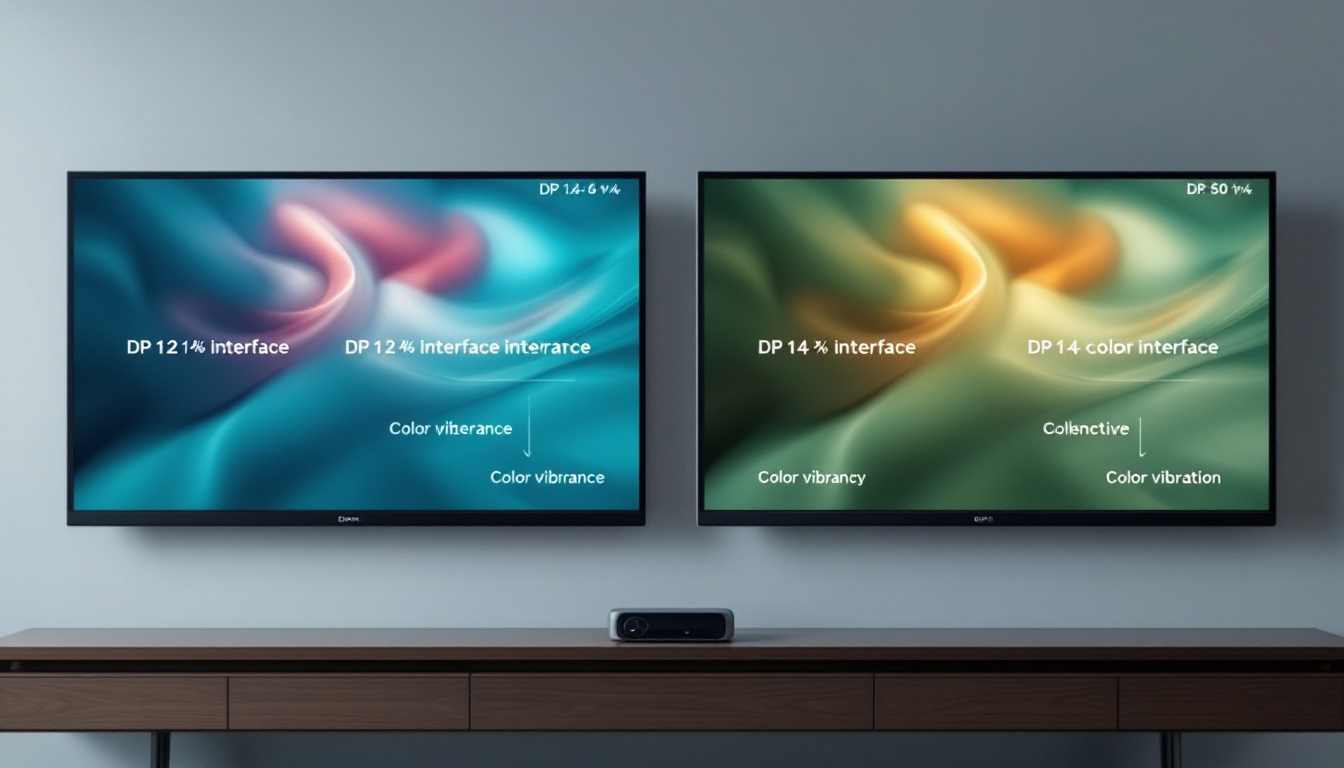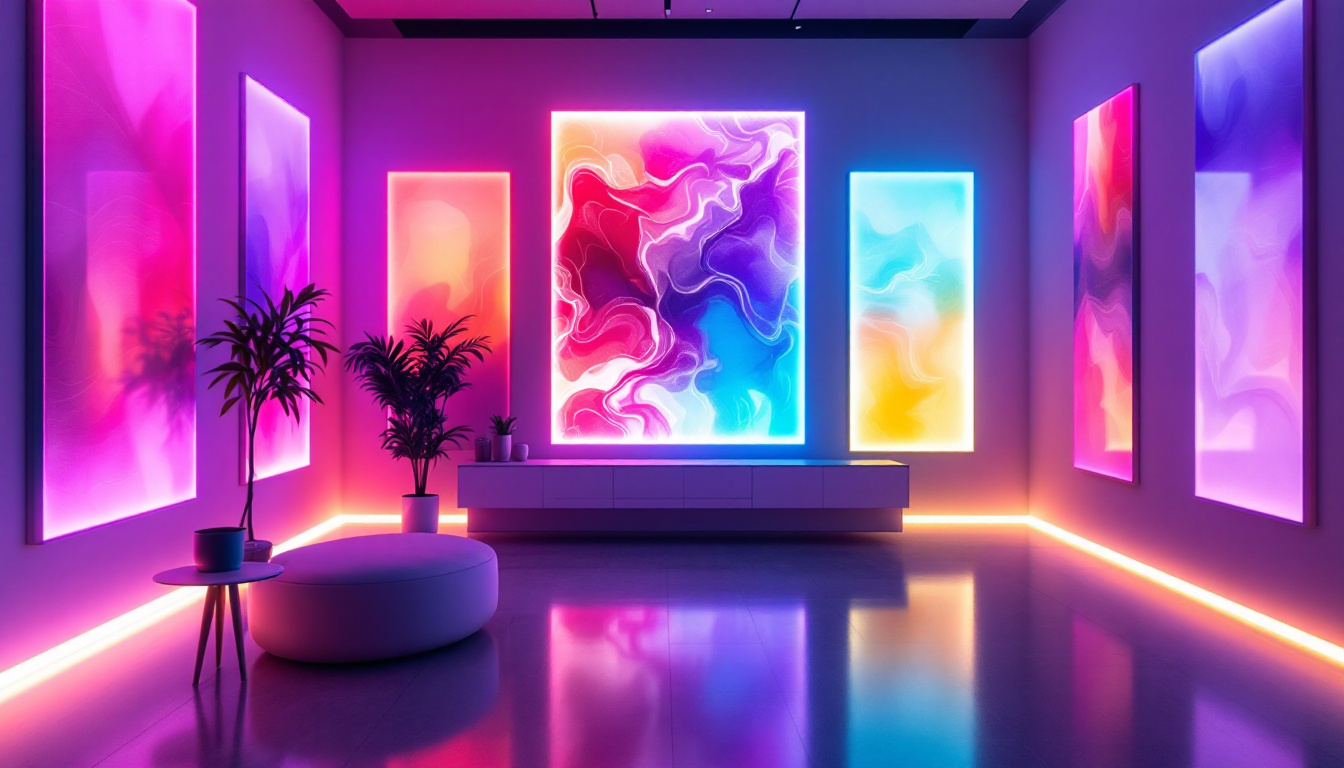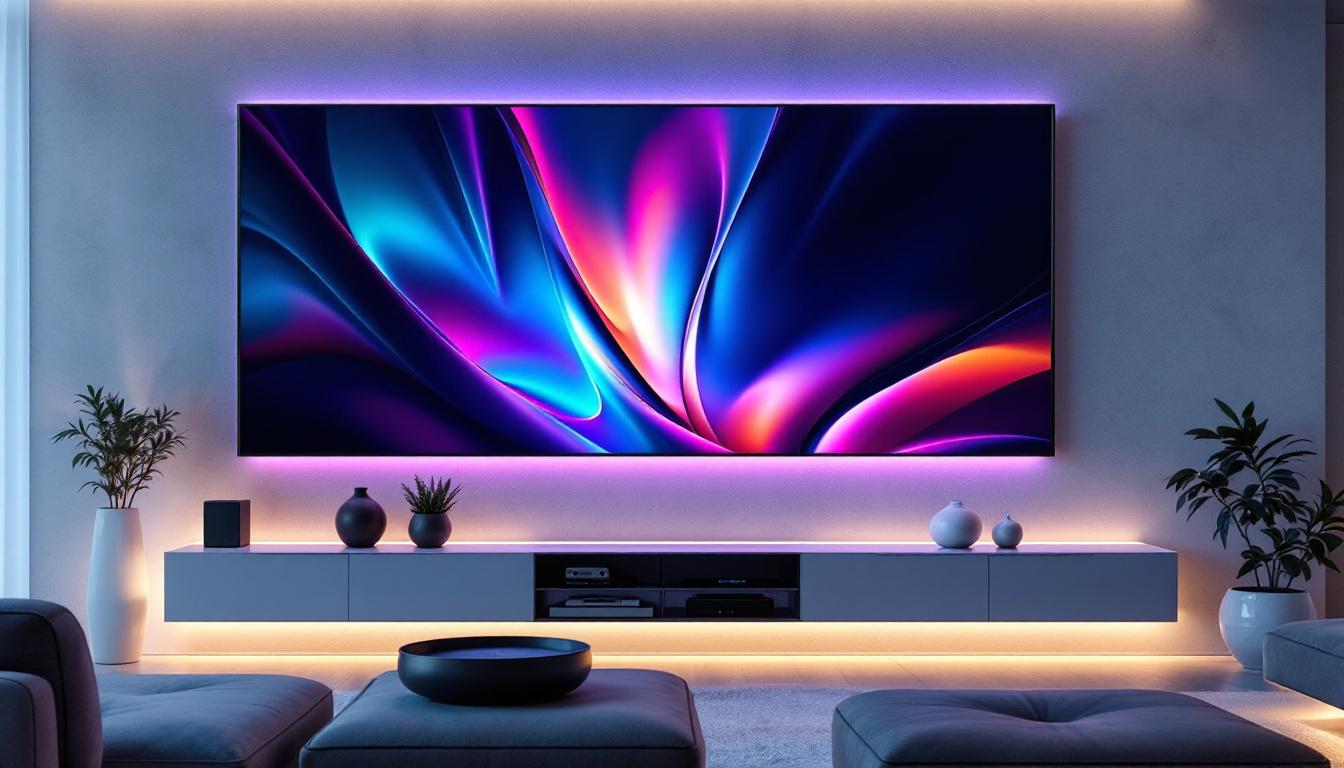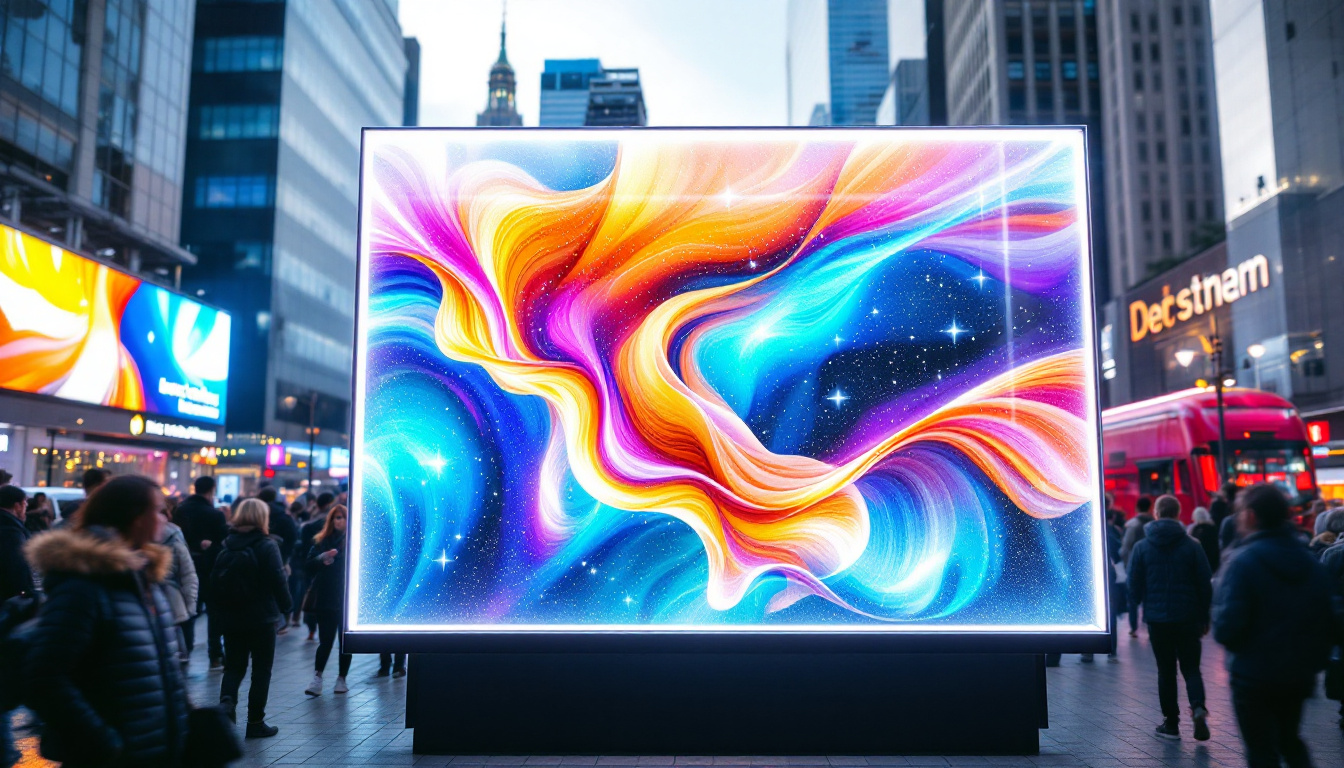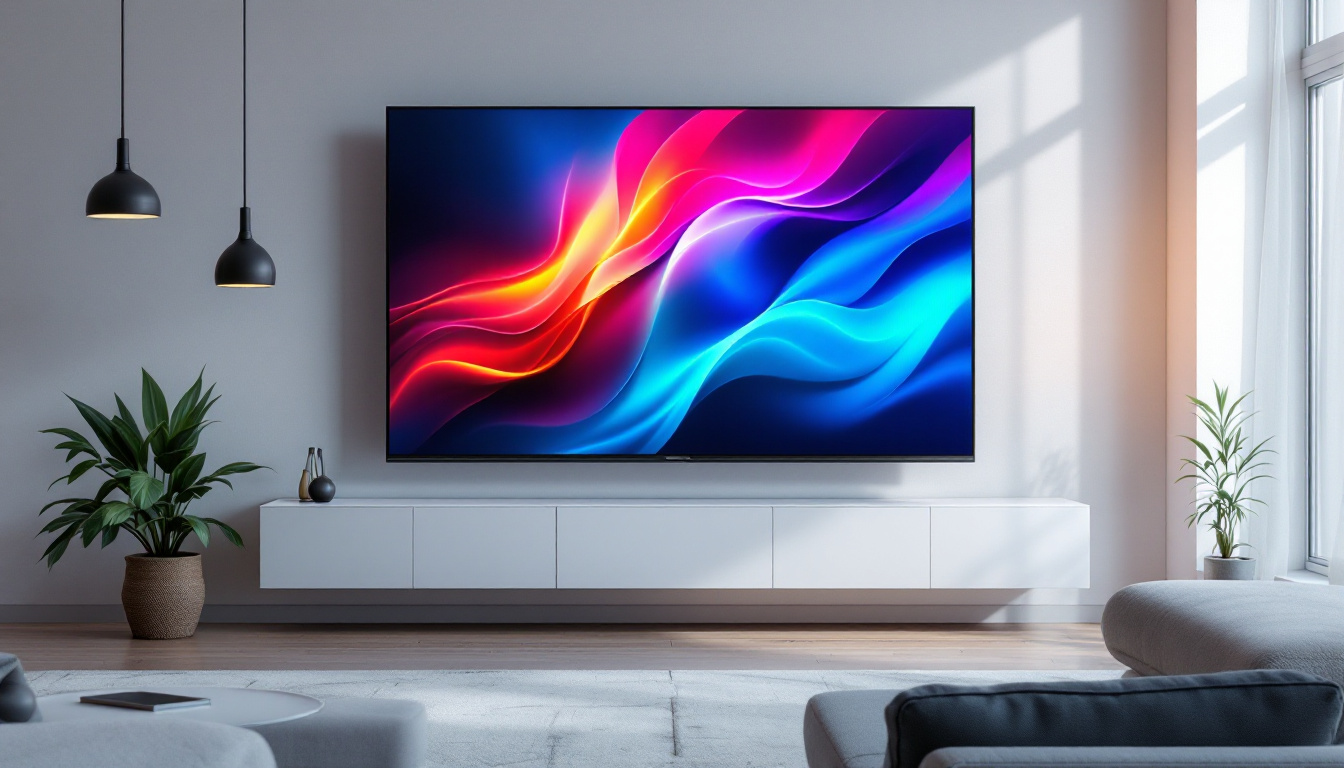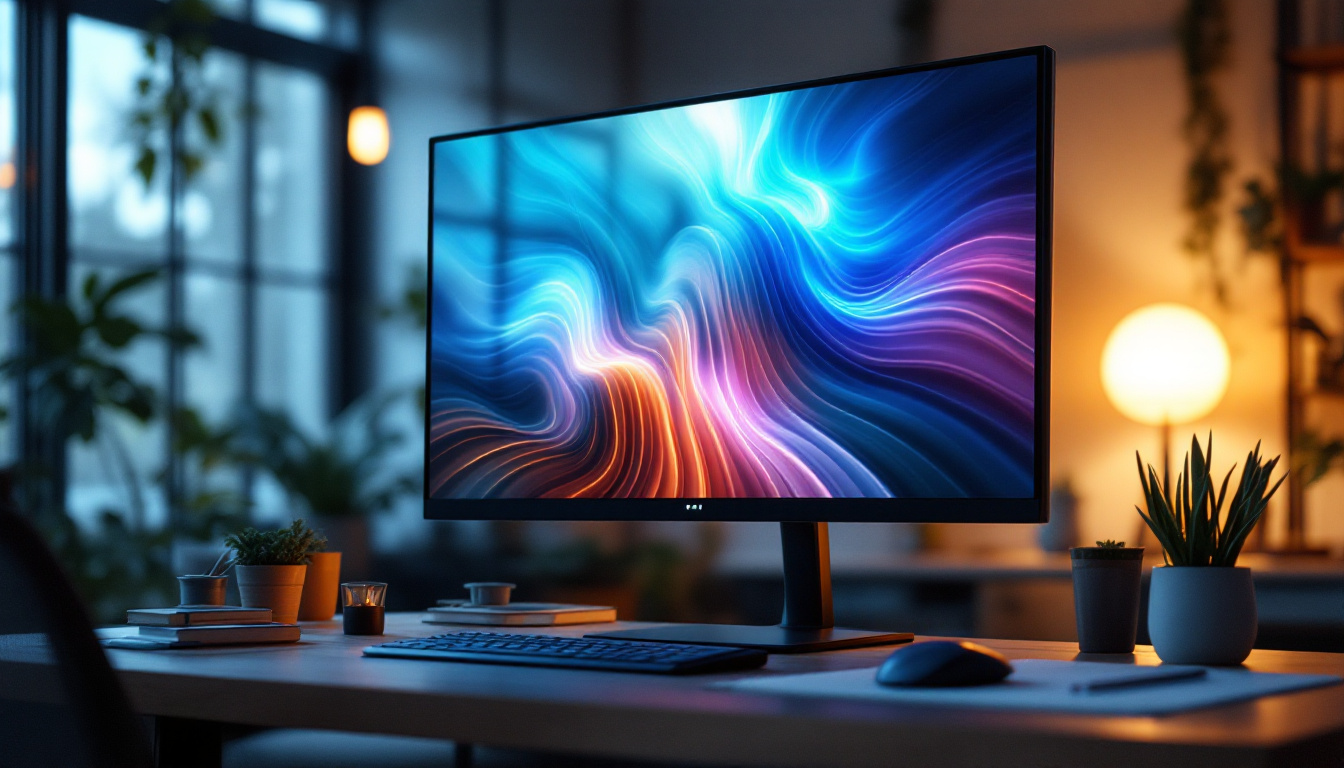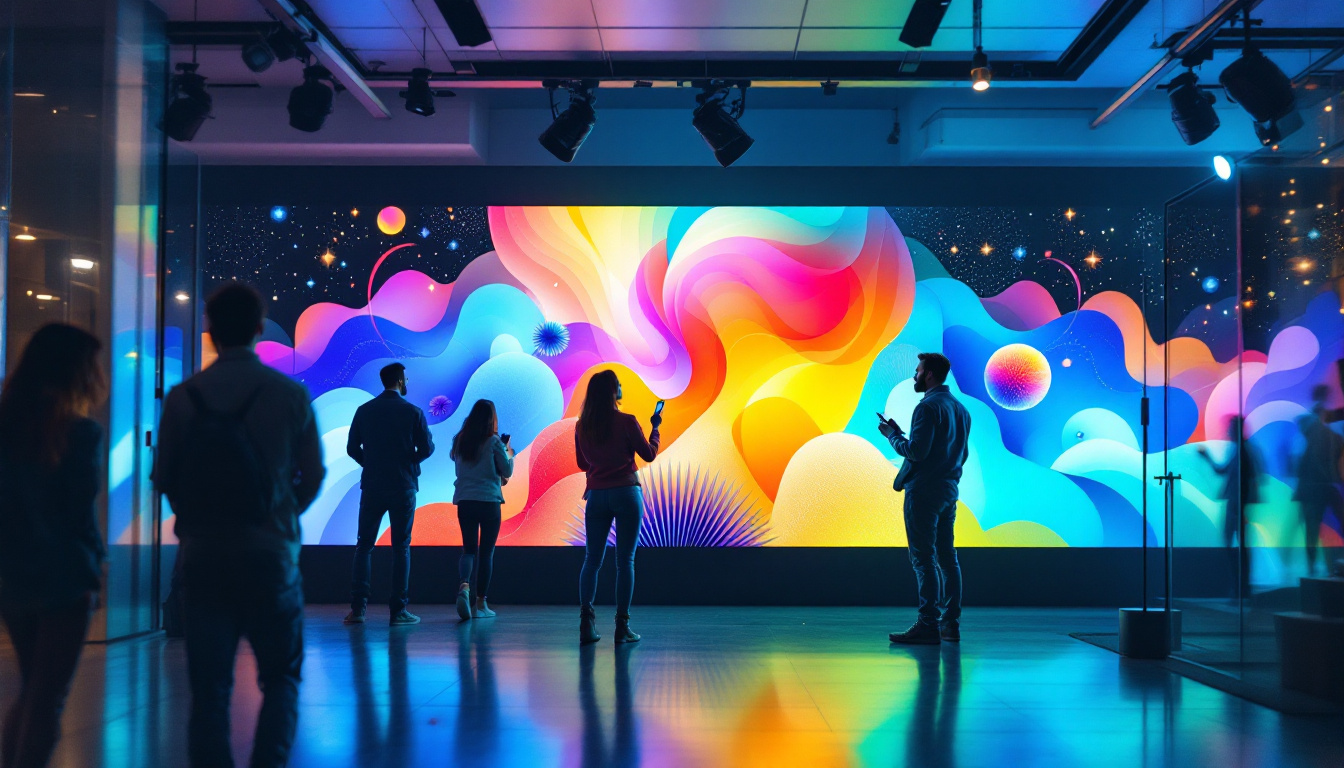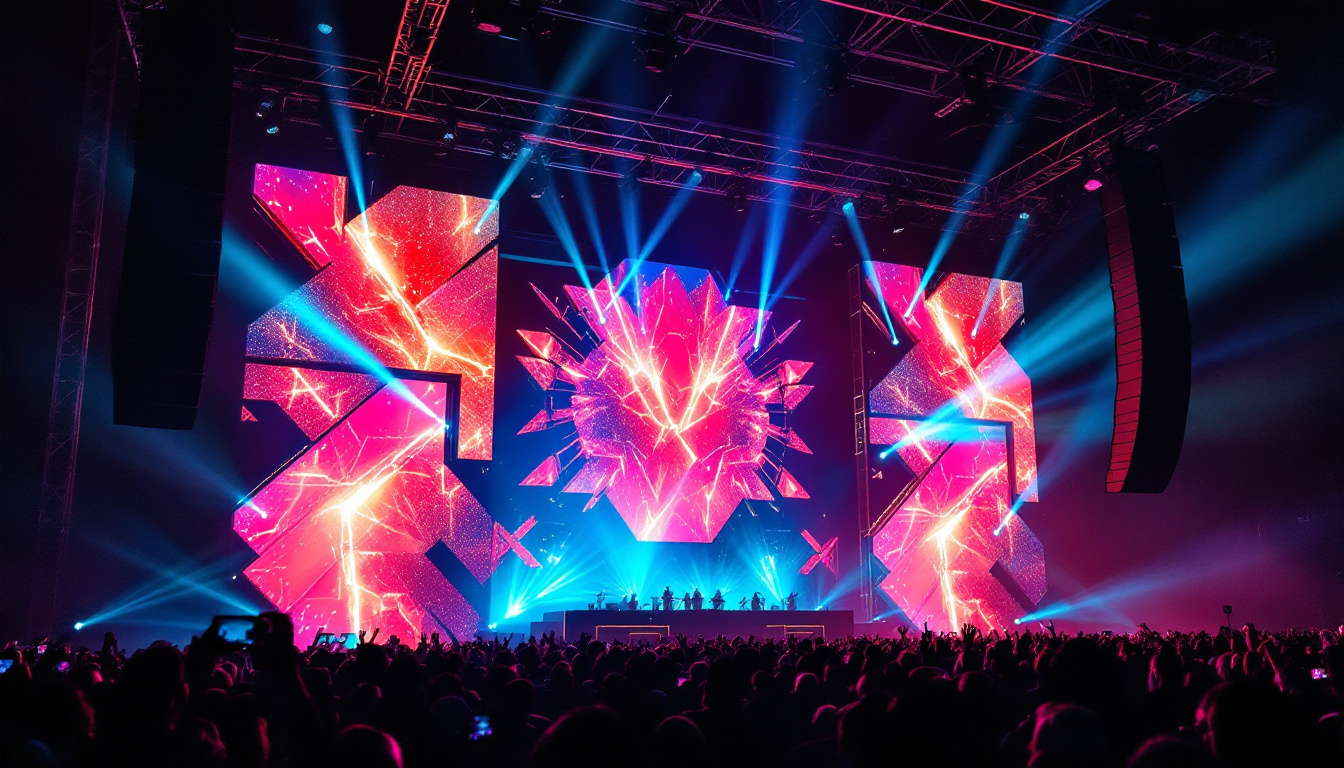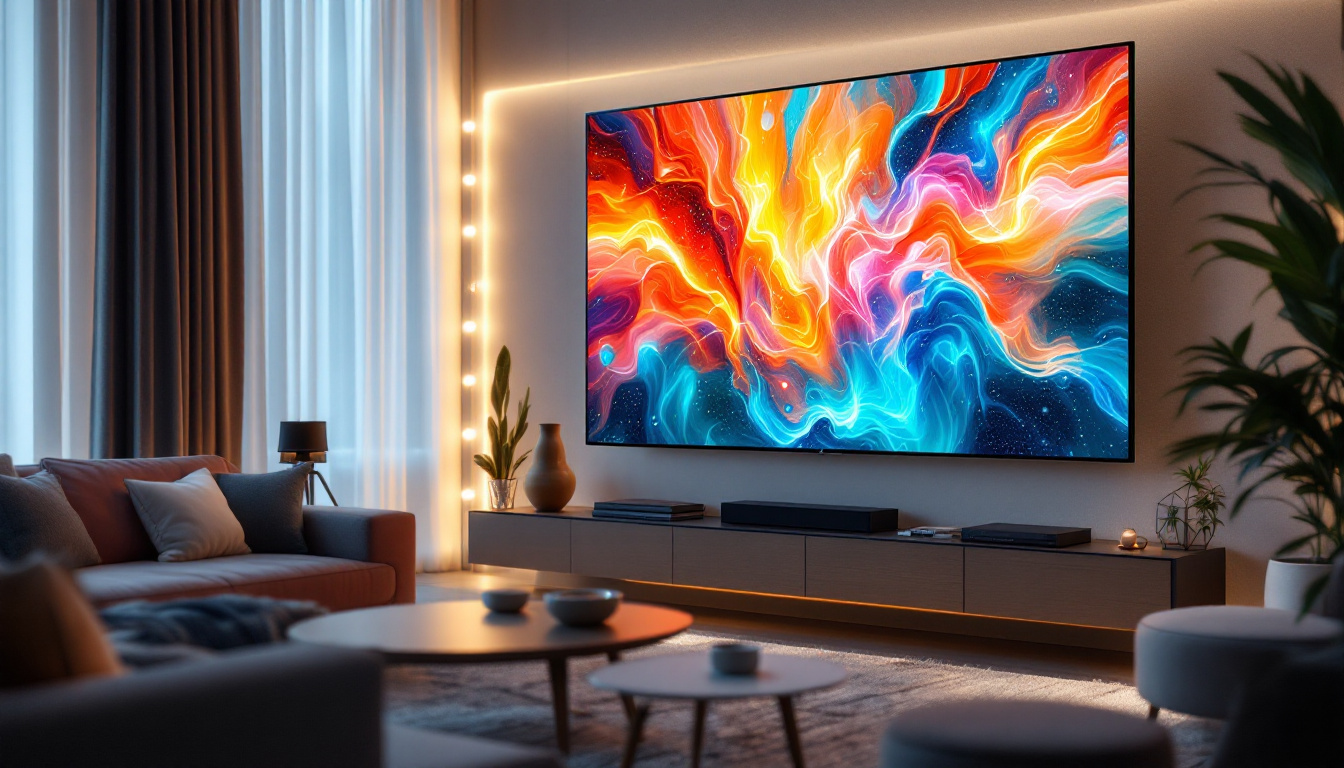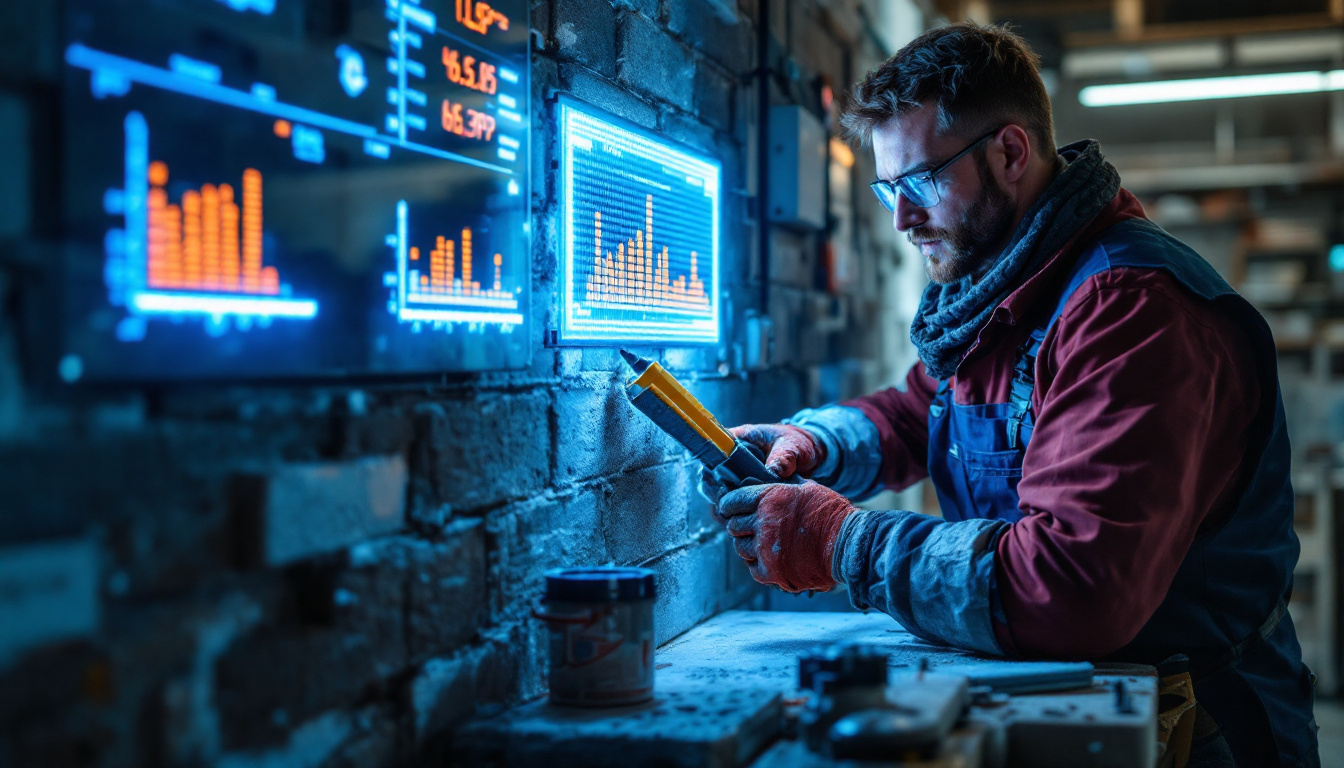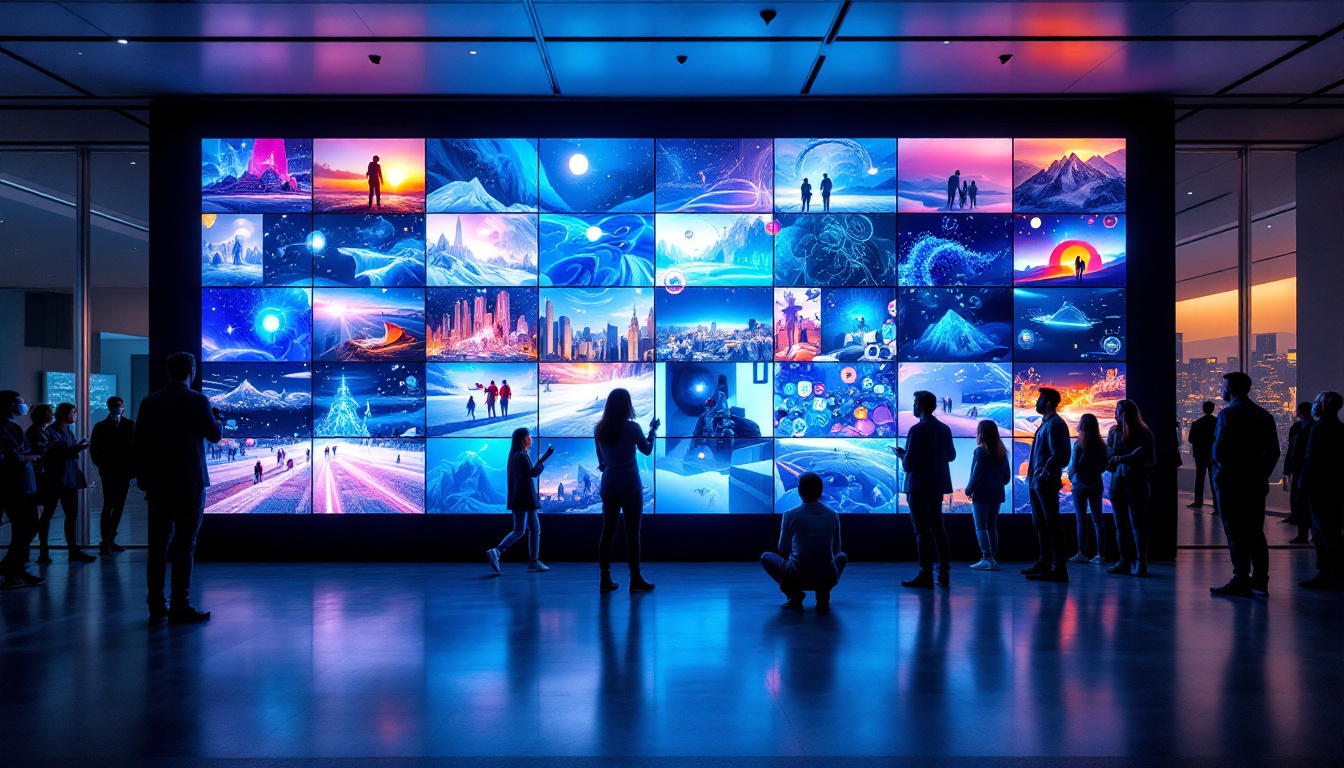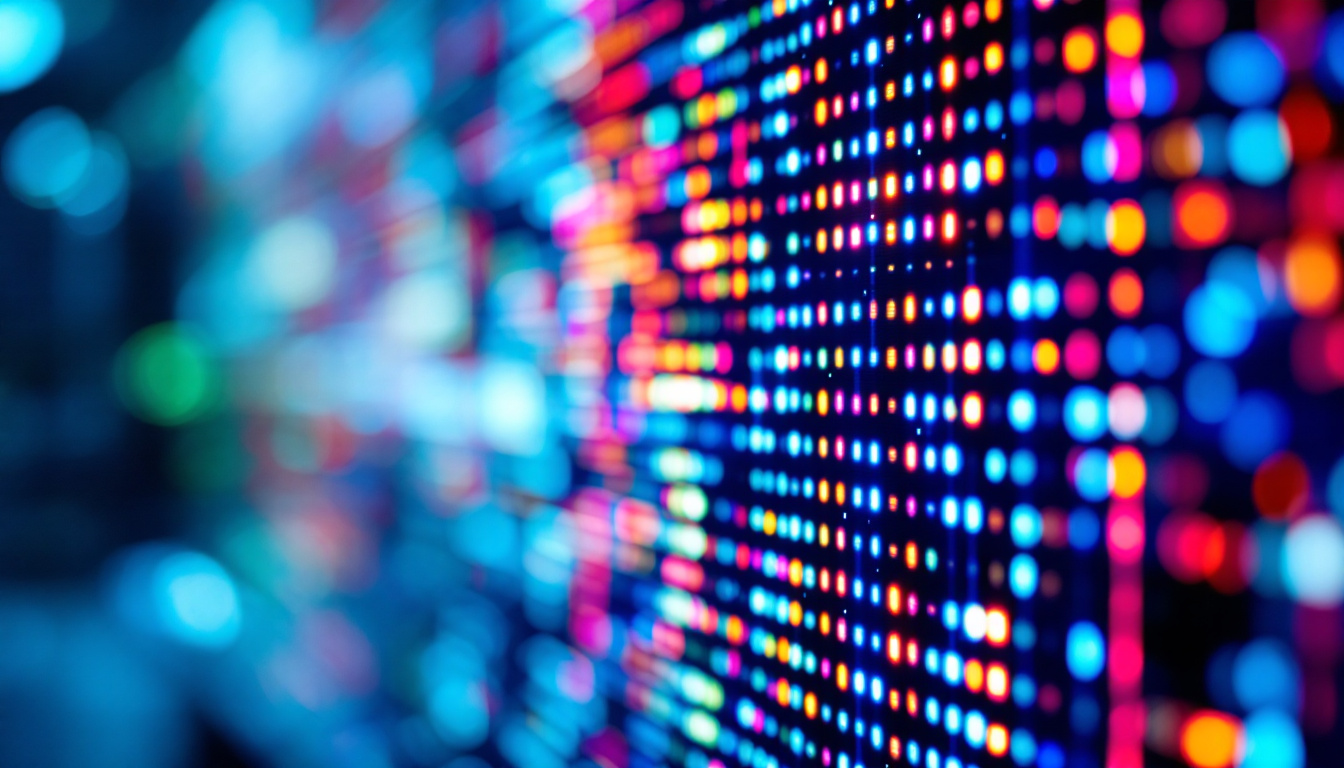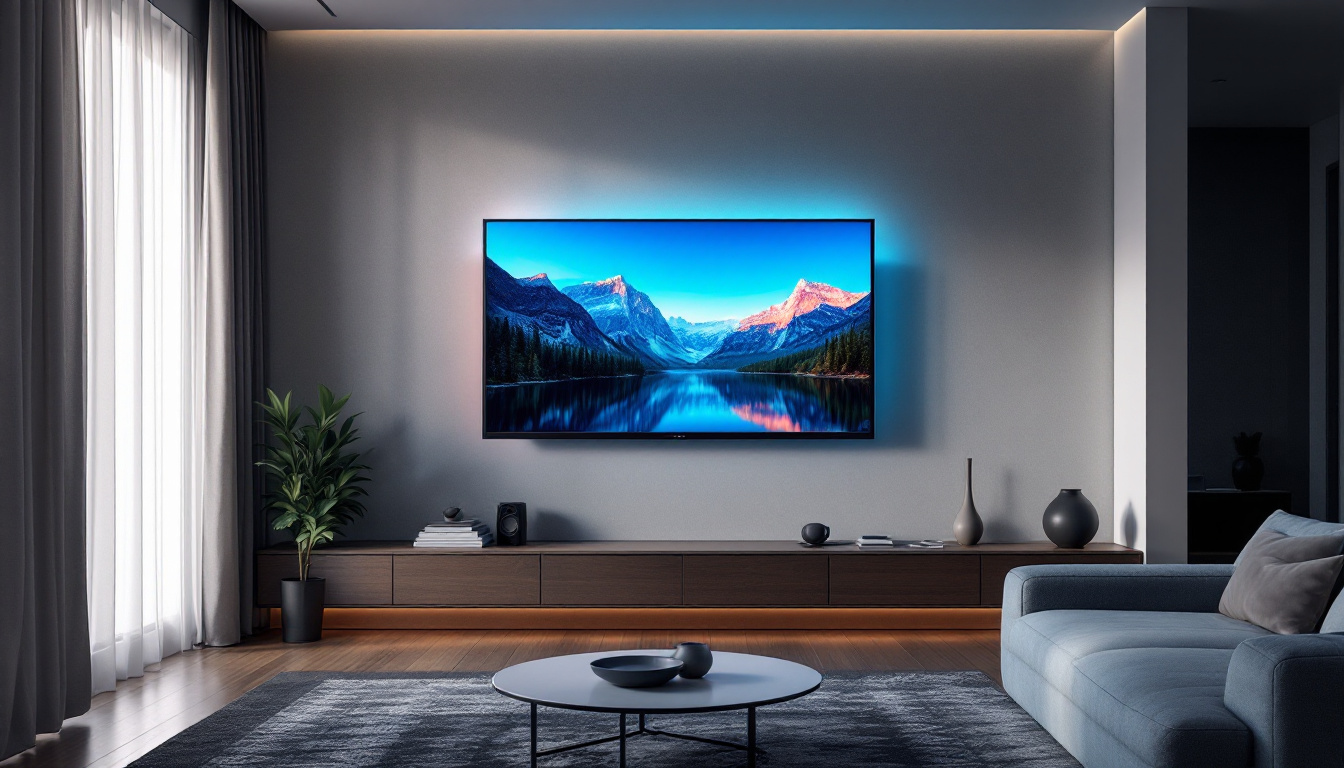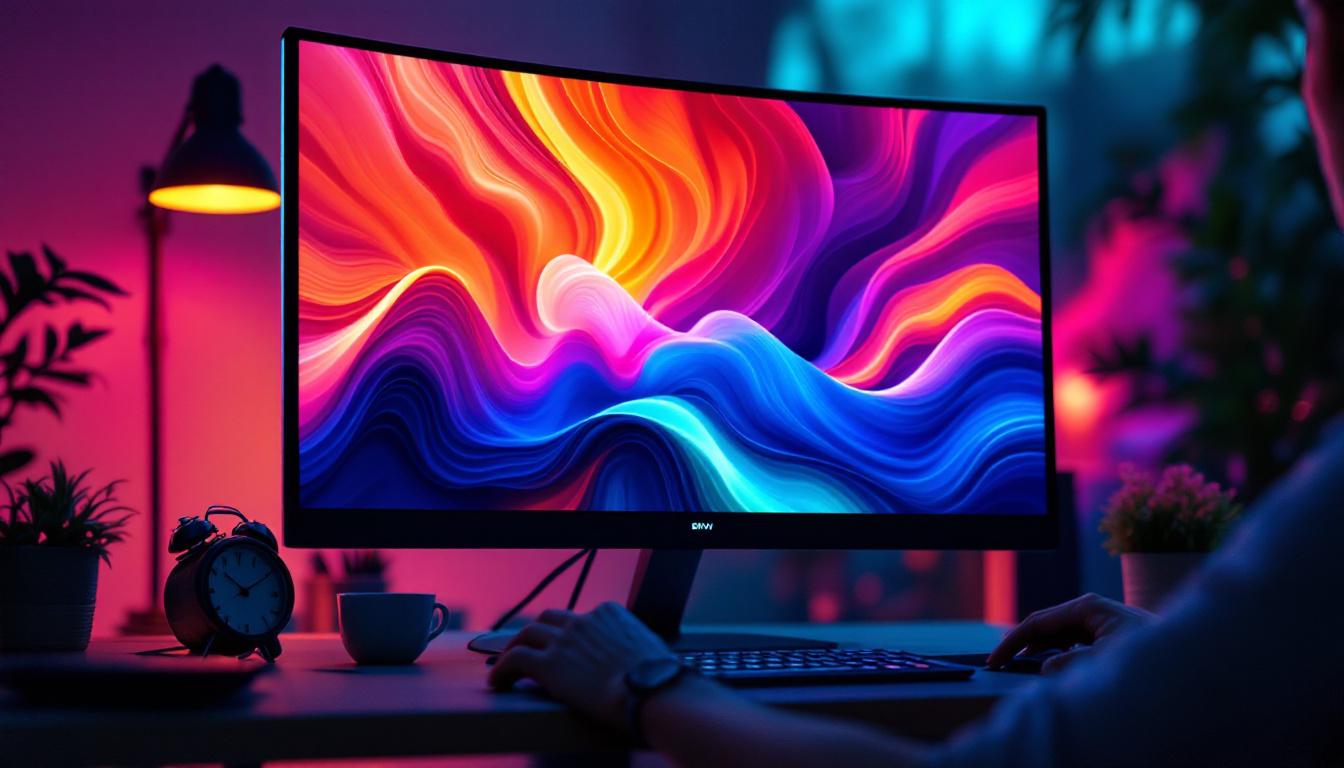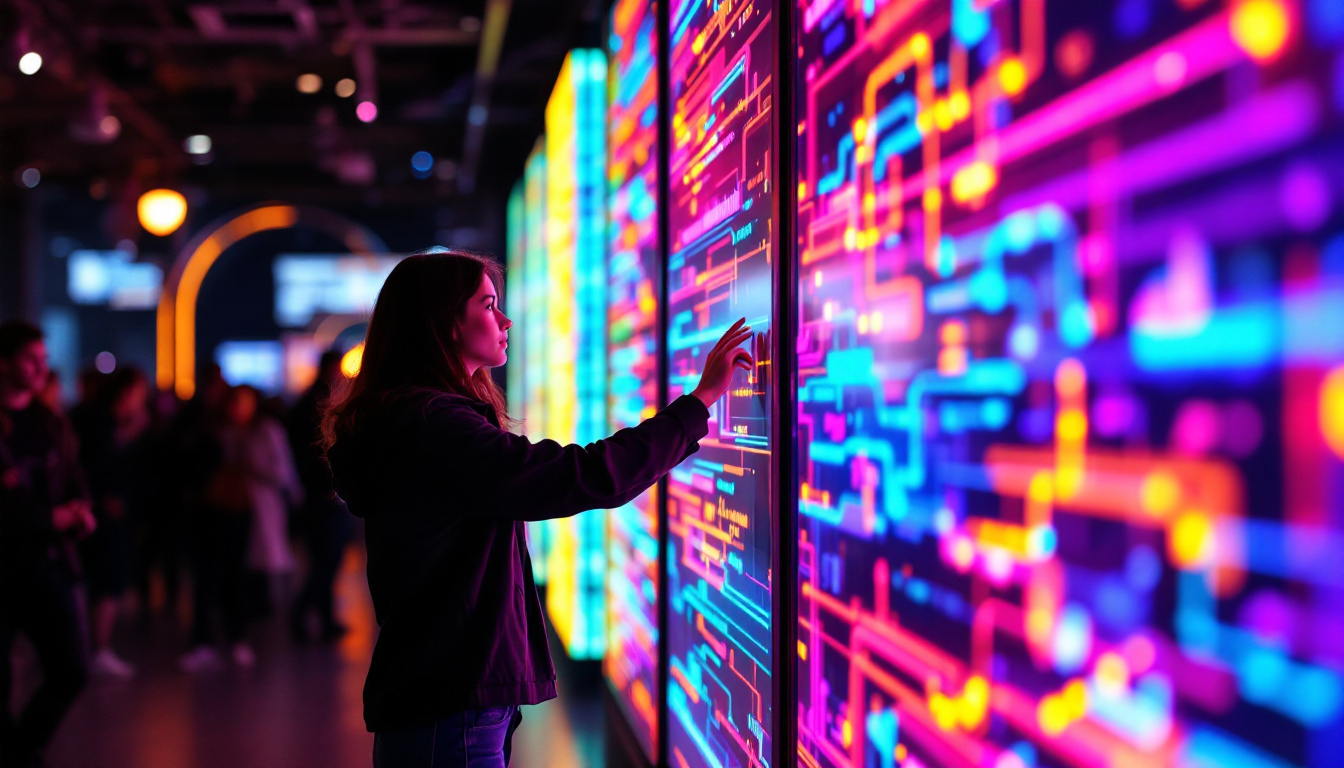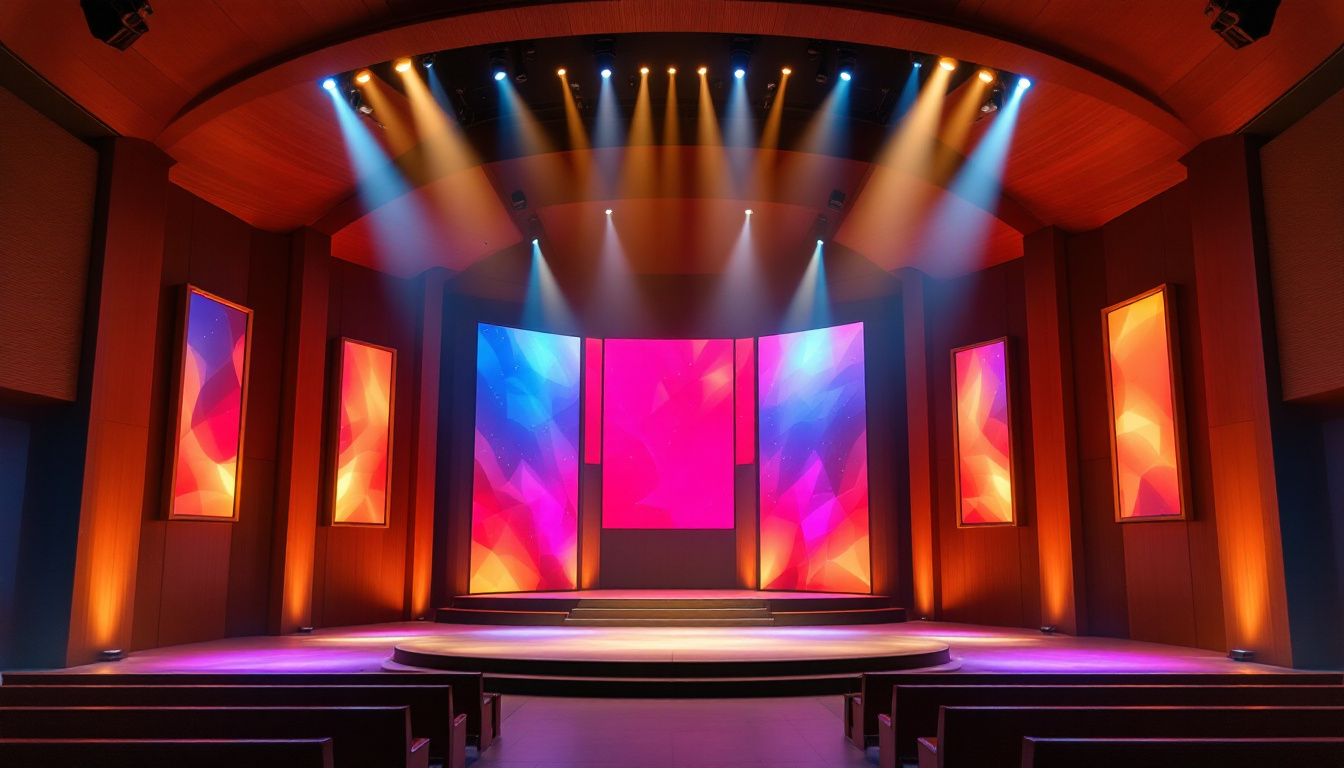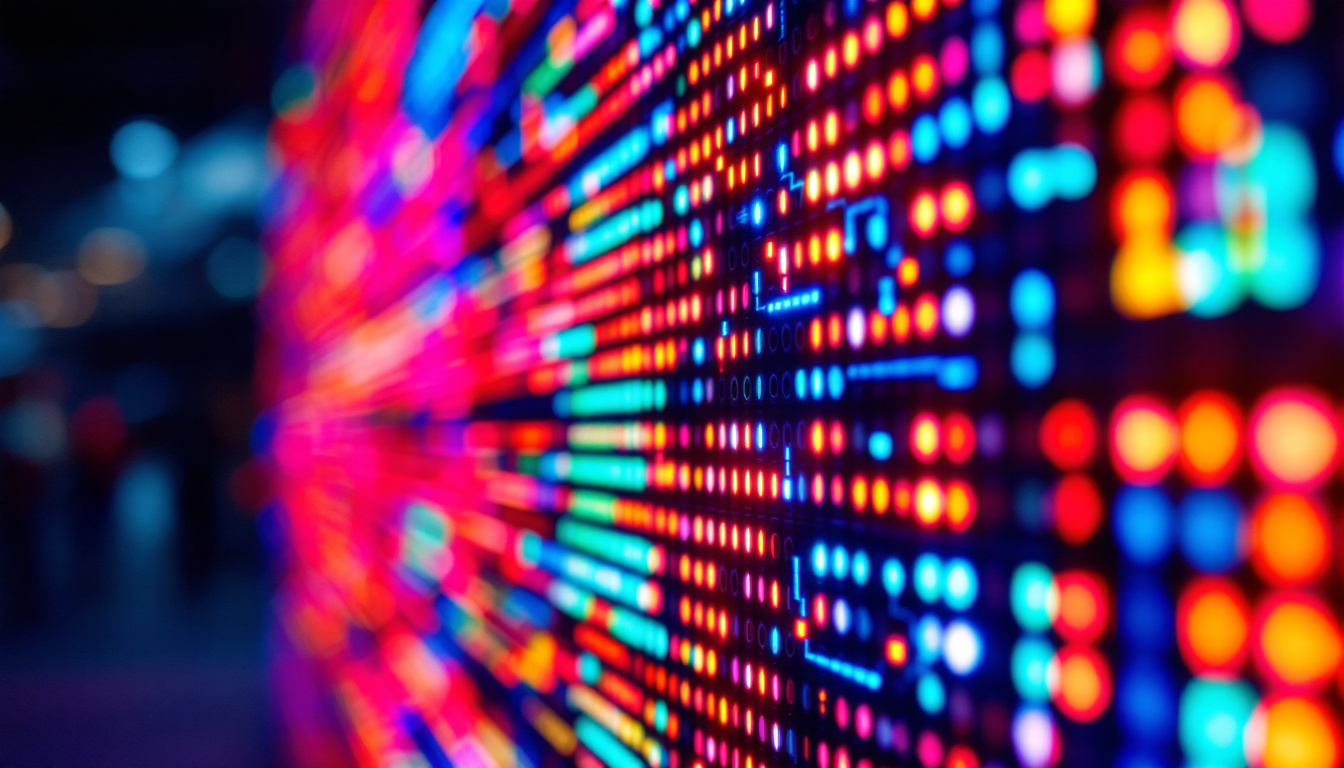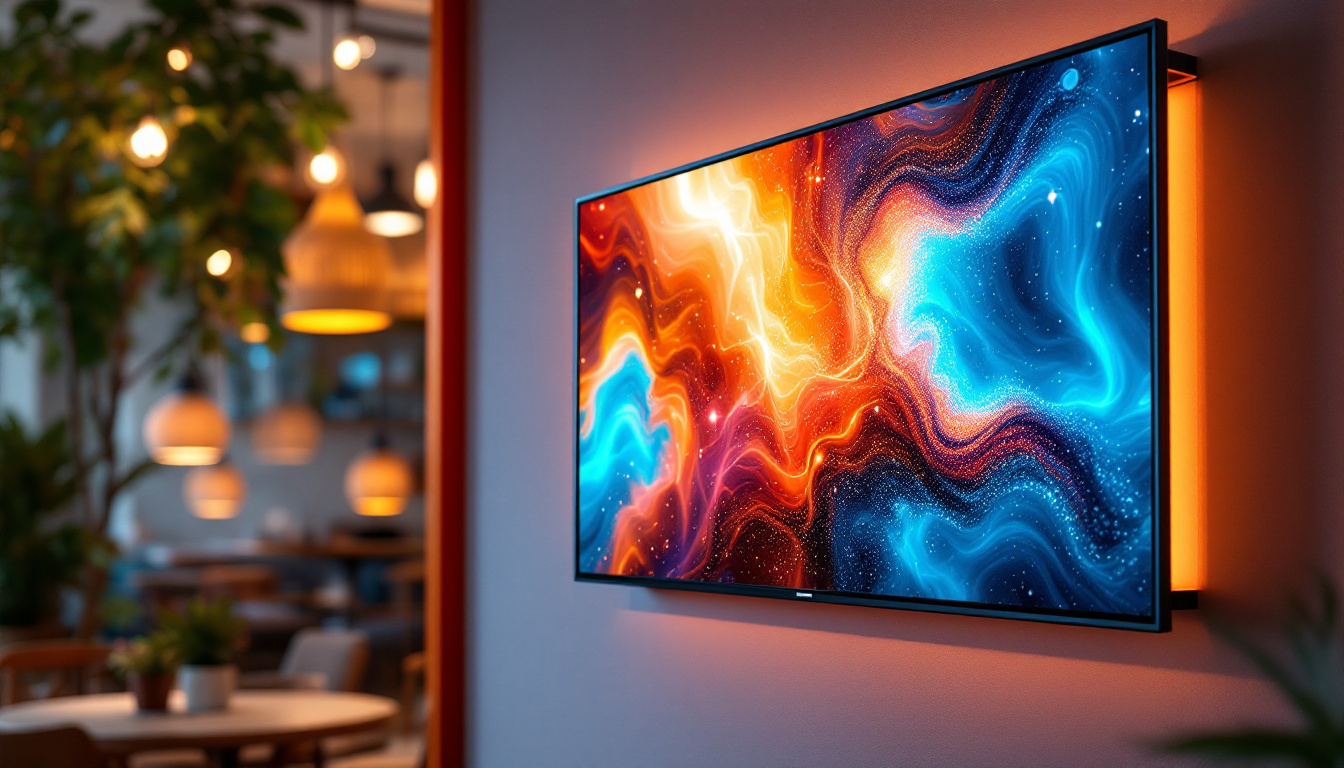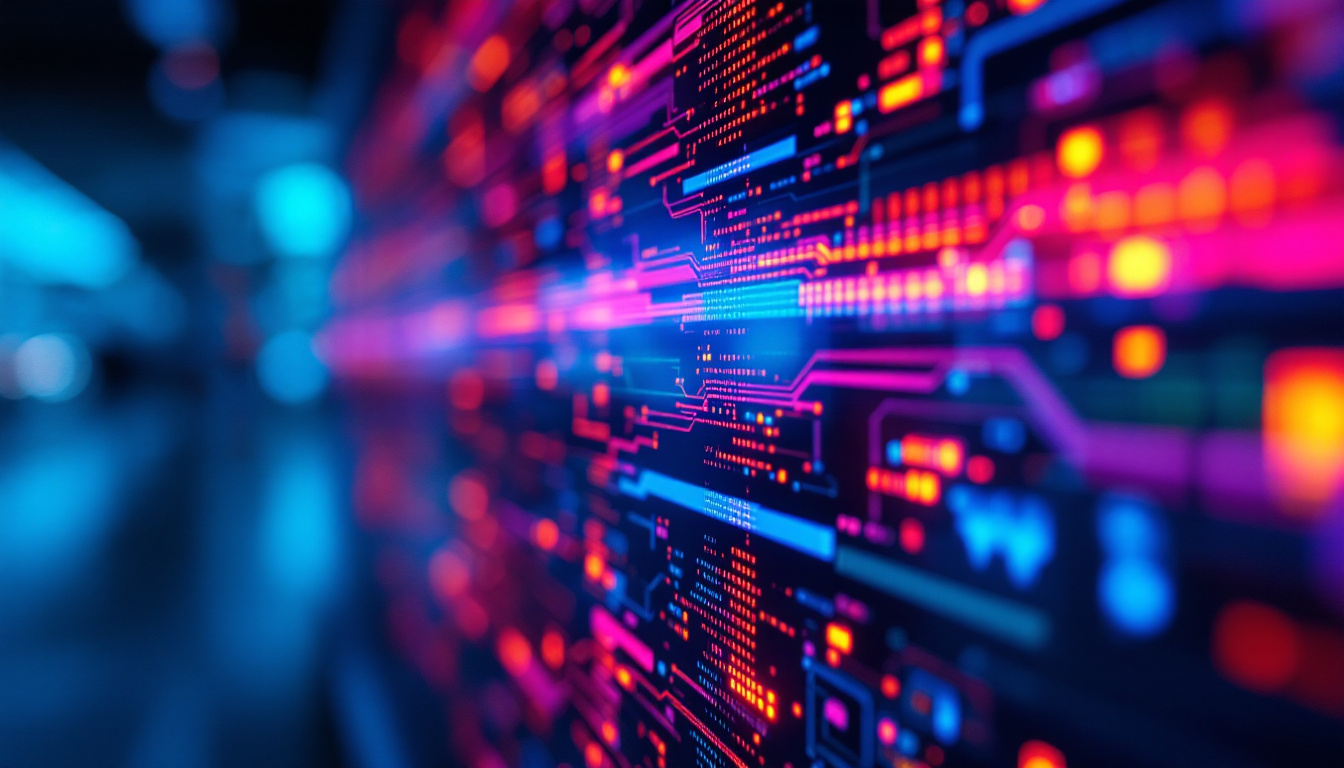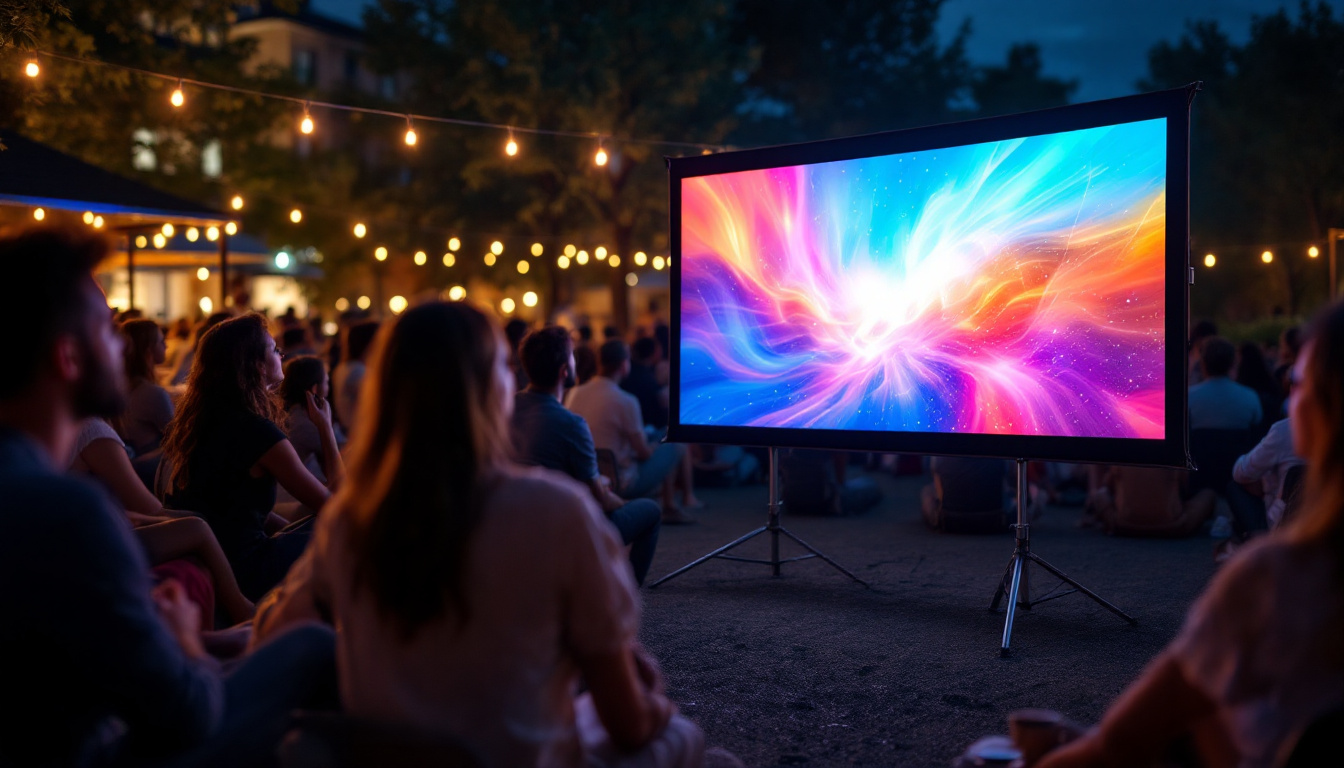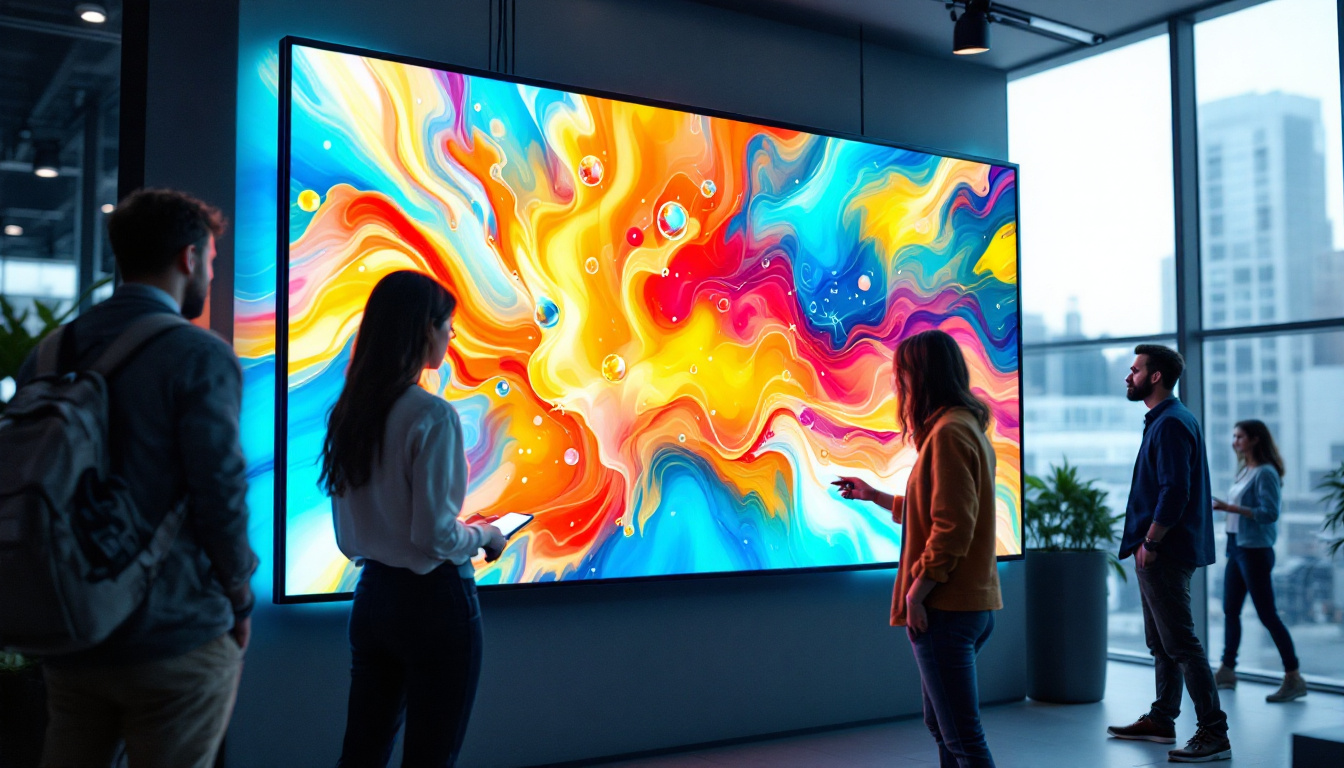In the age of digital technology, LED drawing boards have emerged as a popular tool for artists, designers, and educators alike. These innovative devices combine the traditional art of drawing with modern LED technology, offering a versatile platform for creativity. This article delves into the workings of LED drawing boards, their benefits, applications, and how they are transforming the way we create and learn.
Understanding LED Drawing Boards
LED drawing boards are flat surfaces that utilize light-emitting diodes (LEDs) to illuminate the drawing area. This illumination allows users to see their sketches clearly, even in low-light conditions. The boards typically consist of a transparent acrylic surface that is backlit by an array of LEDs, providing a uniform light source that enhances visibility. This feature makes them particularly popular among artists, designers, and educators who require precision and clarity in their work.
How LED Drawing Boards Work
The core functionality of LED drawing boards lies in their simple yet effective design. When a user places a piece of paper or a transparent sheet on the board, the LEDs illuminate the surface from behind. This backlighting makes it easy to trace images, sketch new designs, or create intricate artwork. The brightness of the LEDs can often be adjusted, allowing users to customize their experience based on their preferences and the materials being used. Some advanced models even offer multiple brightness settings, catering to different artistic techniques and styles.
Many LED drawing boards also feature a touch-sensitive surface, enabling users to draw directly onto the board with styluses or other tools. This functionality enhances the creative process, allowing for more fluid and dynamic artwork. The combination of backlighting and touch sensitivity makes these boards suitable for various applications, from professional art to educational settings. Additionally, some boards come equipped with built-in features such as grid lines or templates, which can be particularly beneficial for technical drawing and design work, ensuring accuracy and consistency in every project.
Key Components of LED Drawing Boards
Several components contribute to the effectiveness of LED drawing boards. Understanding these elements can help users select the right board for their needs:
- LED Lights: The quality and brightness of the LEDs play a crucial role in the overall performance of the drawing board. High-quality LEDs provide consistent illumination and longevity. Some boards even utilize energy-efficient LED technology, reducing power consumption while maintaining brightness.
- Acrylic Surface: The drawing surface should be durable and scratch-resistant. Acrylic is often preferred due to its lightweight nature and clarity. Additionally, some boards feature a matte finish to reduce glare, making it easier for users to focus on their work without distractions.
- Power Source: LED drawing boards can be powered by batteries or USB connections. A reliable power source ensures uninterrupted use, especially during lengthy drawing sessions. Furthermore, many modern boards come with rechargeable batteries, providing portability and convenience for artists on the go.
Beyond the basic components, many LED drawing boards also incorporate additional features that enhance usability. For instance, some models include adjustable stands or ergonomic designs that allow users to work comfortably for extended periods. Others may offer connectivity options, enabling users to save their work digitally or share it directly to social media platforms. These advancements not only improve the drawing experience but also cater to the evolving needs of artists in a digital age.
Benefits of Using LED Drawing Boards
The rise in popularity of LED drawing boards can be attributed to the numerous advantages they offer. These benefits cater to a wide range of users, from hobbyists to professionals.
Enhanced Visibility
One of the most significant advantages of LED drawing boards is their ability to enhance visibility. The backlighting provided by the LEDs ensures that users can see their work clearly, regardless of the ambient lighting conditions. This feature is particularly beneficial for artists who work in dimly lit environments or during nighttime hours.
Portability and Convenience
LED drawing boards are typically lightweight and slim, making them easy to transport. Artists can take their boards to various locations, whether it’s a studio, classroom, or outdoor setting. This portability encourages creativity on the go, allowing for spontaneous artistic expression.
Versatility in Applications
These boards are not limited to traditional drawing. They can be used for a variety of applications, including:
- Tracing: Artists can easily trace images or designs, making it an excellent tool for beginners learning the fundamentals of drawing.
- Calligraphy: The backlit surface is ideal for practicing calligraphy, allowing users to see their strokes clearly.
- Animation: Animators can utilize LED drawing boards for frame-by-frame animation, bringing their characters to life with ease.
Applications of LED Drawing Boards
LED drawing boards have found their place in various fields, showcasing their versatility and adaptability. Here are some notable applications:
Art and Design
In the realm of art and design, LED drawing boards serve as invaluable tools for artists of all skill levels. They facilitate the creation of detailed illustrations, concept art, and even graphic design projects. The ability to layer images and trace over them allows artists to experiment with different styles and techniques without the fear of making irreversible mistakes.
Education
In educational settings, LED drawing boards are becoming increasingly popular among teachers and students. They provide an engaging way to teach drawing, design, and even mathematics. Instructors can demonstrate techniques while students follow along, enhancing the learning experience. Additionally, the boards can be used for collaborative projects, encouraging teamwork and creativity among students.
Professional Use
Professionals in industries such as architecture, fashion design, and animation benefit from the precision and clarity offered by LED drawing boards. Architects can sketch out plans and designs with ease, while fashion designers can create detailed garment sketches. Animators can utilize these boards to produce high-quality animations, making them a staple in creative studios.
Choosing the Right LED Drawing Board
With the growing popularity of LED drawing boards, selecting the right one can be a daunting task. Several factors should be considered to ensure that the chosen board meets the user’s needs.
Size and Portability
LED drawing boards come in various sizes, ranging from compact models suitable for travel to larger boards designed for studio use. When choosing a board, consider the intended use. For artists who frequently travel, a smaller, lightweight board may be ideal. Conversely, those who work primarily in a studio may prefer a larger surface area for more extensive projects.
Brightness and Adjustability
The brightness of the LED lights is another critical factor. Some boards offer adjustable brightness settings, allowing users to customize the illumination based on their preferences and the specific project. This feature can significantly enhance the drawing experience, making it easier to work with different materials.
Additional Features
Many LED drawing boards come equipped with additional features that can enhance usability. Some boards include built-in grids or rulers, while others may offer touch sensitivity for direct drawing. Consider which features are essential for your work style and choose a board that aligns with those needs.
Maintenance and Care for LED Drawing Boards
To ensure the longevity and optimal performance of LED drawing boards, proper maintenance and care are essential. Here are some tips to keep in mind:
Cleaning the Surface
Regular cleaning of the acrylic surface is crucial to maintain clarity and prevent scratches. Use a soft, lint-free cloth and a gentle cleaning solution to wipe the surface. Avoid using abrasive materials that could damage the acrylic.
Storage and Handling
When not in use, store the LED drawing board in a safe location to prevent accidental damage. Avoid placing heavy objects on top of the board, and consider using a protective case if transporting it frequently. Proper handling will prolong the life of the device and keep it in optimal working condition.
Future Trends in LED Drawing Boards
The evolution of technology continues to influence the design and functionality of LED drawing boards. As advancements are made, users can expect to see several trends shaping the future of these devices.
Integration with Digital Platforms
As digital art becomes increasingly popular, the integration of LED drawing boards with digital platforms is likely to expand. Future boards may feature connectivity options that allow users to transfer their work directly to software applications for further editing and enhancement. This integration will streamline the creative process, making it easier for artists to transition between traditional and digital mediums.
Enhanced User Experience
Manufacturers are continuously seeking ways to improve user experience. Future LED drawing boards may incorporate advanced touch sensitivity, customizable settings, and even artificial intelligence to assist users in their creative endeavors. These enhancements will provide artists with more tools at their disposal, fostering innovation and creativity.
Eco-Friendly Options
With a growing emphasis on sustainability, future LED drawing boards may focus on eco-friendly materials and energy-efficient designs. Manufacturers may explore options that reduce environmental impact while maintaining performance standards. This shift toward sustainability will resonate with environmentally conscious consumers and contribute to a greener future.
Conclusion
LED drawing boards have revolutionized the way artists, educators, and professionals approach their work. By combining traditional drawing techniques with modern technology, these boards offer enhanced visibility, portability, and versatility. As the demand for creative tools continues to grow, LED drawing boards are poised to play an even more significant role in various fields.
Whether used for tracing, teaching, or professional design, LED drawing boards provide an accessible platform for creativity. By understanding their features, benefits, and applications, users can make informed decisions that enhance their artistic journey. As technology advances, the future of LED drawing boards looks promising, paving the way for even more innovative and sustainable solutions in the world of art and design.
Discover the Future of Creativity with LumenMatrix
Ready to elevate your artistic or professional projects with the latest in LED display technology? LumenMatrix is at the forefront of innovation, offering a wide array of LED display solutions that bring your visions to life. From Indoor and Outdoor LED Wall Displays to specialized options like Vehicle, Sports, and Floor LED Displays, our products are designed to enhance engagement and captivate any audience. Embrace the future of visual communication with our Custom, All-in-One, and Transparent LED Displays. Check out LumenMatrix LED Display Solutions today and transform your creative endeavors with unparalleled clarity and impact.

